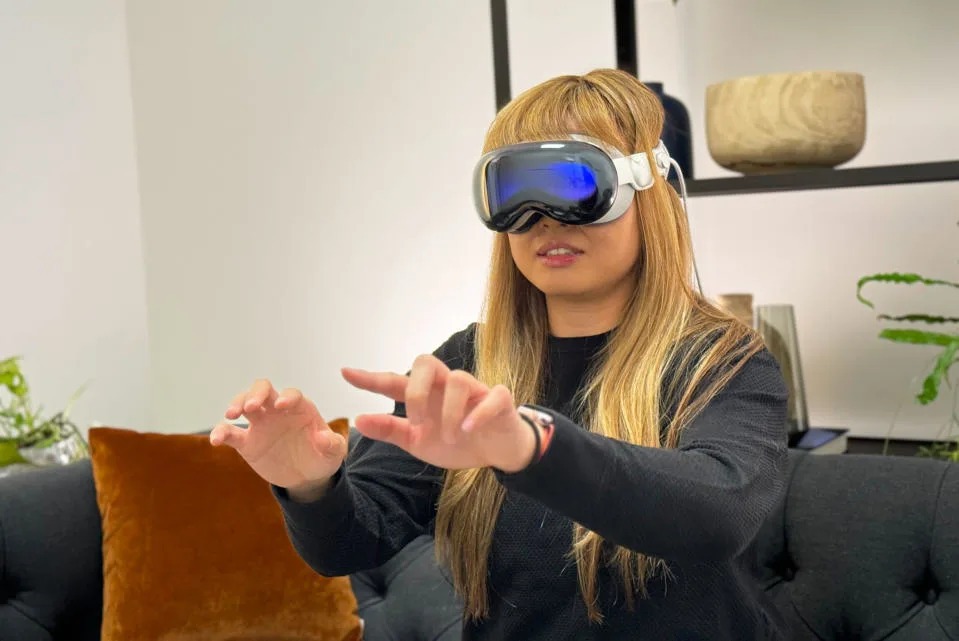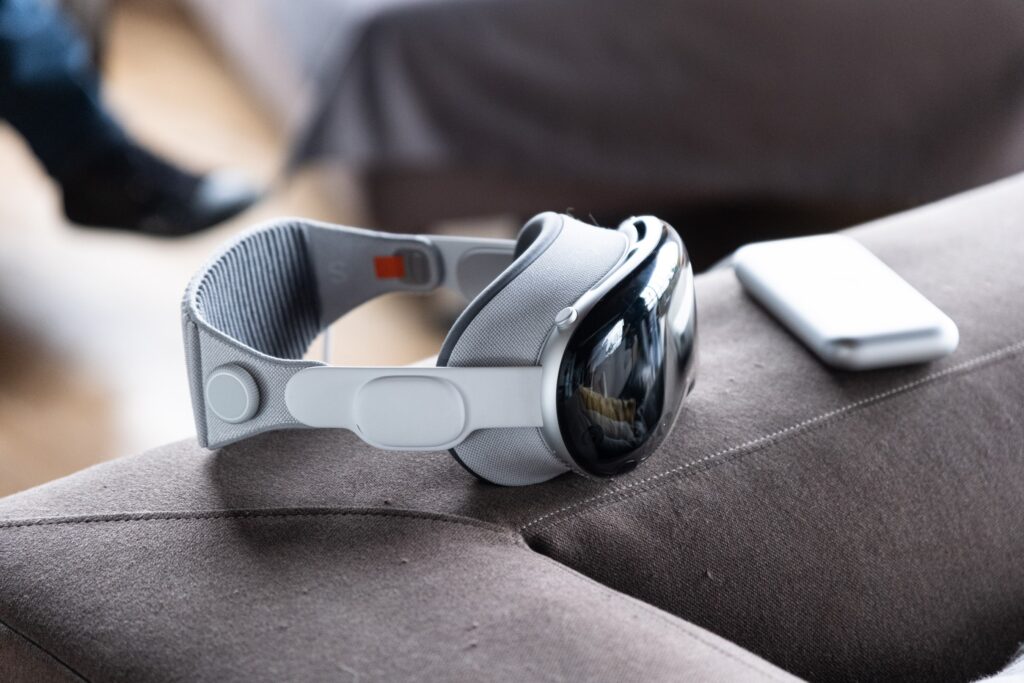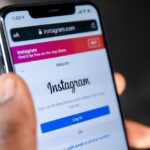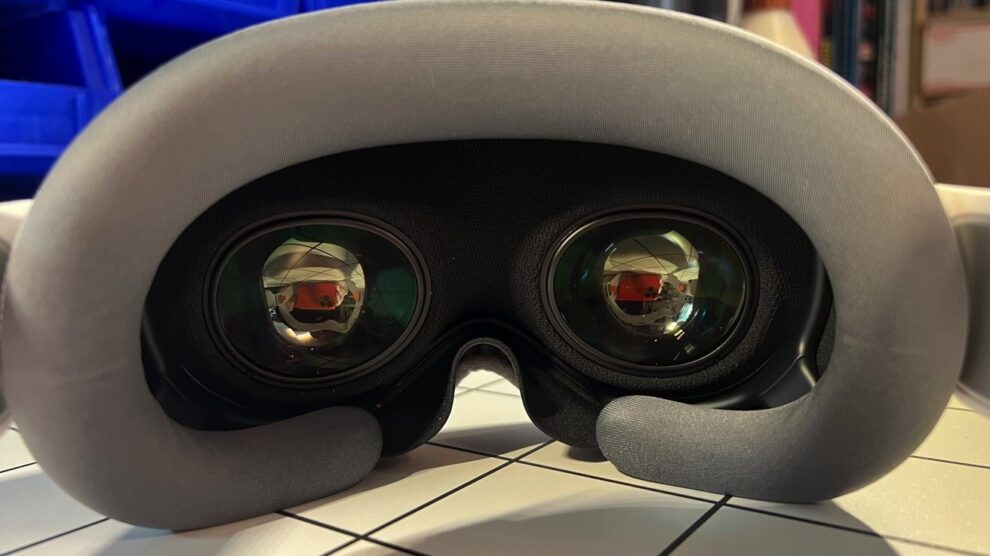Apple’s Vision Pro headset delivers revolutionary augmented and virtual reality experiences. But as with any emerging technology, questions loom about potential health impacts from prolonged use.
While Vision Pro underwent extensive safety testing, certain individuals and conditions may require extra precautions. Being informed on the risks, and how to mitigate them, is key to enjoying Vision Pro comfortably.
Let’s explore some key health-related considerations with Apple’s new headset so you can use it safely and responsibly.

Mitigating Motion Sickness in VR
A top concern with any VR headset is motion sickness triggered by visual-vestibular mismatch. Vision Pro’s incredibly immersive virtual environments can sometimes conflict with the body’s sense of movement.
If this disparity becomes too great, nausea, dizziness, sweating and other symptoms may occur. Each person has a different sensitivity threshold before illness sets in.
If you feel motion sick in VR, take a break immediately. Other tips include:
- Use Vision Pro in a well-lit room for visual orientation.
- Turn slowly and avoid sudden motions in VR.
- Try a stationary experience before highly dynamic ones.
- Have a fan blow air to provide subtle physical sensation.
Build up VR exposure time gradually to allow your brain to adapt. Avoid long sessions at first. Stay hydrated and consider over-the-counter motion sickness remedies as needed.
Screen Flicker Precautions for Photosensitive Users
Vision Pro relies on pulse width modulation (PWM) to control screen brightness. This cycles the screens on and off rapidly, creating a flicker.
For those with photosensitive epilepsy or seizures, this flickering effect poses risks. It can also cause discomfort like eye strain, fatigue and headaches in non-epileptic individuals.
If you have photosensitive epilepsy, avoid using Vision Pro altogether and consult your neurologist first. Others sensitive to flickering should take frequent breaks and limit exposure time.
Adjusting Vision Pro’s screen brightness may help reduce flicker perceptibility. Apps like RiftRat can also minimize PWM flicker. But caution is still advised if you notice any flickering discomfort.
Limiting Long-Term Blue Light Exposure
Like other digital displays, Vision Pro emits blue light wavelengths that can disrupt natural sleep cycles when viewed at night. Extended blue light exposure may impact eye health over time.
Try to avoid using Vision Pro in the hour before bedtime. Apps like Night Mode Pro reduce blue light emission. Setting the screens to a warmer color temperature helps as well.
Periodically giving your eyes a break from screens can allow them to rest and recover. If you experience any vision changes or eye discomfort, consult an optometrist.
Taking Movement Breaks
While mobile, Vision Pro still requires remaining stationary for extended VR/AR use. This can lead to muscle stiffness and joint pain over time.
Build short (1-2 minute) breaks into your Vision Pro sessions to stand up, stretch, walk around, flex joints, massage muscles, etc. Proper posture and positioning are also important.
Consider a lightweight, breathable sling to counter headset weight on your cheeks and nose. Staying hydrated and minimizing caffeine/alcohol intake helps too.
Sanitizing Regularly
Like glasses or headphones, shared VR headsets can risk transmitting germs or skin irritation. To avoid this, routinely sanitize your Vision Pro with alcohol wipes, especially before sharing.
Also replace the removable face gasket periodically or use disposable hygiene covers. Make sure those with facial infections, open wounds, severe acne, etc. do not share headsets.
Following basic hygiene protocols allows multiple users to enjoy the Vision Pro safely and comfortably.

Balance and Fall Precautions
Becoming fully immersed in extended reality can cause users to lose track of physical surroundings. This poses risks of losing balance, tripping and falling.
Set up your VR space in a clear, uncluttered area with smooth, level floors. Use mats, airbags or a spotter to cushion any potential falls. Consider a stationary tether to keep you oriented.
Vision Pro warns you when approaching boundaries, but take it slow until you adapt. Just as with real life, remaining aware of your environment while using VR allows you to navigate it safely.
Follow Official Safety Guidance
Apple provides important health and safety information with Vision Pro headsets. Be sure to thoroughly read the included materials and on-screen prompts.
Key guidance includes ideal positioning, hygiene, movement precautions, epilepsy warnings, recommended breaks, and more. Following Apple’s advice helps ensure a comfortable, low-risk experience.
When in Doubt, Ask Your Doctor
For those with medical conditions or heightened concerns, discuss Vision Pro use with your physician to spot any potential complications.
Doctors can help identify any sensitivities or health risks that may warrant caution based on your profile. Their input provides peace of mind on how to use headsets safely.
Emphasizing Responsible Use
Apple Vision Pro enables incredible mixed reality experiences that can enrich users’ lives. But we must use this powerful technology responsibly by keeping health front of mind.
Following safety best practices, using common sense, and not overdoing VR/AR sessions allows us to tap into Vision Pro’s potential safely. Being informed on risks empowers smart decisions.










Add Comment